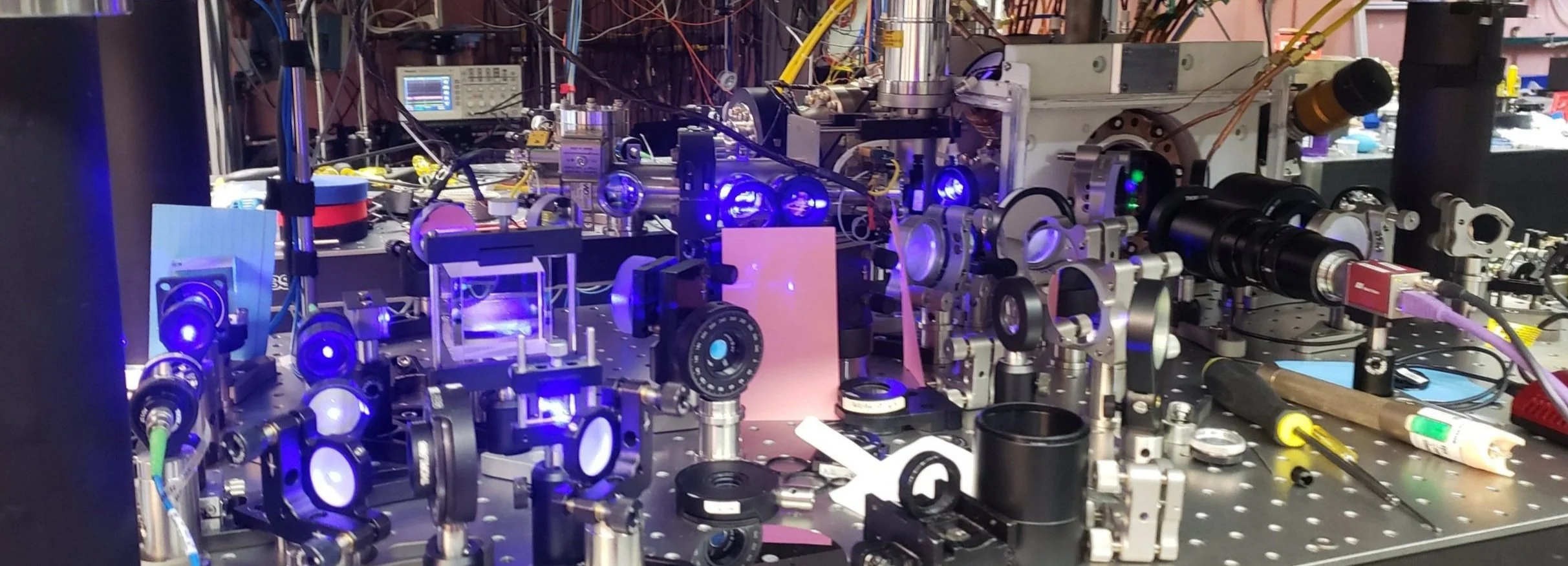Reading list
Decolonizing Science Reading List:
Dr. Chanda Prescod-Weinstein’s Decolonizing Science Reading List is a major inspiration for me to start this blog. She is a queer Black astrophysics professor who is among the leading voices in the movement to decolonize physics and astronomy. I highly recommend it to anyone who is interested in exploring what it means to decolonize physics.
Another great reading list: Decolonizing STEM by Dr. Jonathan Earle.
Theory of Decolonizing Physics:
Decolonization is Not a Metaphor, by Eve Tuck and K. Wayne Yang. An important and unsettling read that details how well-meaning non-Indigenous allies (including myself!) often misappropriate the term “decolonization” for projects that do not directly work against a settler-colonial future and the deoccupation of Indigenous land.
Chanda Prescod-Weinstein’s response to Tuck and Yang, another very valuable read. She adds nuance to their analysis particularly around what she terms “intellectual colonization,” a major component of how decolonization operates in physics.
Beyond the Trend of Decolonizing Science, a webinar hosted by Black and Indigenous scholars Chanda Prescod-Weinstein, Eve Tuck, Iokepa Casumbal-Salazar, and David Uahikea Maile specifically around decolonizing science.
Science Must Fall? This YouTube clip is of an unnamed student associated with the Fallist decolonization movement in South Africa. It unfortunately seems like all that has survived of a much more nuanced panel discussion, and must be considered in context. However, as extreme as the girl’s language in the clip is, it is important to acknowledge her perspective exists and to grapple with her ideas even if many of us ultimately reject them.
How Decolonization Could Reshape South African Science, by Linda Nordling. This article by a white journalist in South Africa surveys a variety of perspectives on what decolonizing science looks like, and offers a much more balanced response to the video above.
History of Physics:
Why Should Physicists Study History?, by Matt Stanley. While this article only alludes to physicists’ oppressive history and sees diversity mainly in terms of the benefits it can bring the discipline, it offers a good introduction to why history of science is so important.
Atomic Bomb Research and the Beginnings of High Energy Physics, by Stanley Goldberg. Excellent historical analysis showing how the success of modern physics research is inextricably linked to militarism.
Physics Culture:
Beamtimes and Lifetimes: The World of High Energy Physicists, by Sharon Traweek. A foundational text using ethnography to crack open the world of the “culture of no culture” of high-energy physics.
Masculinities and Experimental Practices in Physics, by Gonsalves et al. Studies physics culture from the perspectives of anthropology and gender studies and shows how issues of physics culture lead directly to the exclusion of women, especially feminine women, from physics.
Making Black Women Scientists Under White Empiricism: The Racialization of Epistemology in Physics, by Chanda Prescod-Weinstein. A damning analysis of how physics’ conception of knowledge is structured to prefer white supremacy over scientific truth.
Maunakea: Redirecting the Lens onto the Culture of Mainstream Science, by Aurora Kagawa-Viviani. The author uses the movement to stop construction of the Thirty Meter Telescope as a jumping-off point to discuss cultural problems within the scientific community.
Physics, Identity, and Intersectionality Theory
Mapping the Margins, by Kimberlé Crenshaw. Crenshaw coined (or at least popularized) the term “intersectionality” in 1989, and this follow-up paper (1991) applying intersectionality to violence against women of color is a must-read for anyone serious about intersectionality theory.
Ain’t I a Woman? At the Intersection of Gender, Race, and Sexuality, by Chanda Prescod-Weinstein. An excellent discussion that questions “diversity and inclusion” rhetoric that lumps together the experience of many different disparate groups.
Intersectionality as a Blueprint for Postcolonial Scientific Community Building, by Chanda Prescod-Weinstein. This article offers a nuanced view of how to apply intersectionality theory to build a more inclusive physics and astronomy community in the living reality of a settler-colonial state, and offers a blunt critique of American multiculturalism. I also recommend reading the footnotes for a variety of valuable definitions.
The Right to Know and Understand the Night Sky, by Chanda Prescod-Weinstein.
The “Benefits” of Black Physics Students, by Jedidiah C. Isler. Challenges many of the narratives underlying diversity in physics in the US.
Curiosity and the End of Discrimination, by Chanda Prescod-Weinstein. Discusses many of the problematic or ineffective lenses through which physicists often view issues of identity and discrimination, and offers a path forward.
The Rules of the Diversity and Inclusion Racket, by Chanda Prescod-Weinstein. Aka why hegemonic diversity and inclusion narrative is destructive and anti-Black woman.
Colonization and the History of Education:
Land-Grab Universities, by Robert Lee and Tristan Atohne. Describes how much of American higher education is enabled by the past and present expropriation of Indigenous lands.
Flashpoints: The Battle for Public Education in the 21st Century. Episodes 1 and 2 are especially great for their perspective on Indigenous vs Western concepts of education.
On the Value of Theory:
Theory as Liberatory Practice, by bell hooks. Addresses the common concern that theory (like this blog, or many of these links) is somehow removed from, or less important than, on-the-ground action in projects of liberation.
Physics Diversity and Inclusion Resources:
APS statistics on representation of minorities and women in physics. Of course, this data is limited in that it assumes binary gender and often fails to break out specific minority groups, particularly Indigenous people.
The Time is Now, an AIP report detailing reasons for the underrepresentation of African Americans in physics and steps needed to begin to close this gap. These steps are only the beginning, but it is one of the better resources surrounding institutional change I have seen from an institutional source.
LGBT Climate in Physics Report, a 2016 APS report that is one of the few resources out there to specifically examine the experiences of LGBT+ physicists. While far from perfect, it does at least specifically call out the particular barriers and discrimination faced by trans physicists and queer physicists of color.
